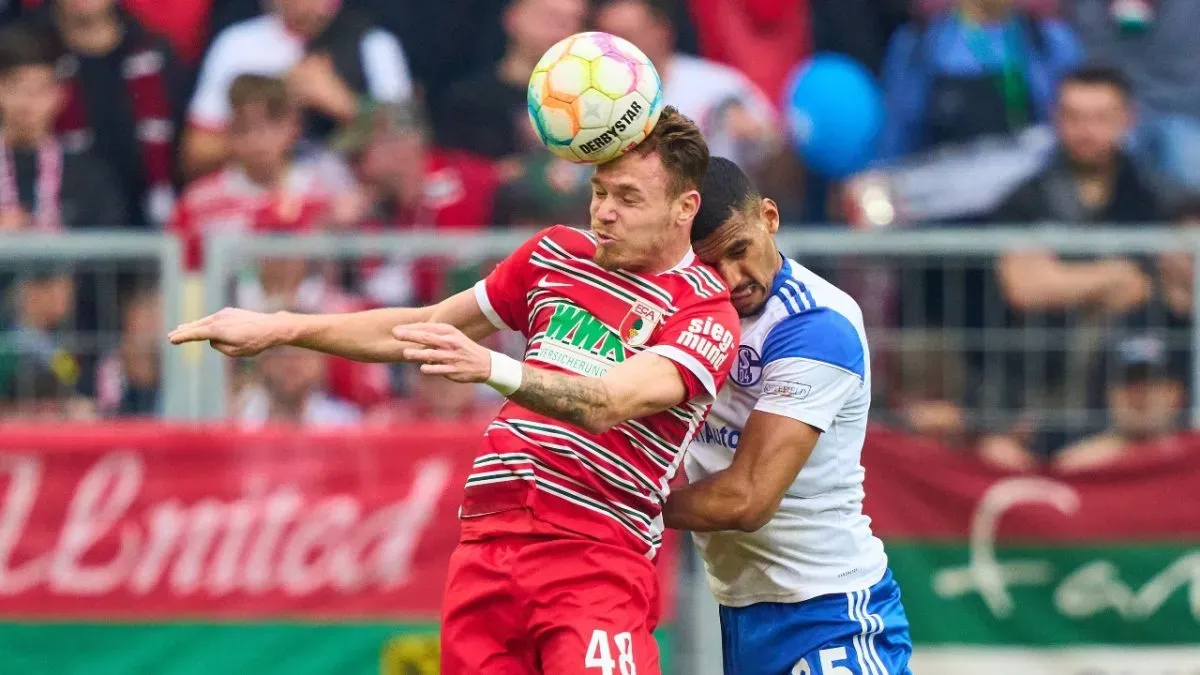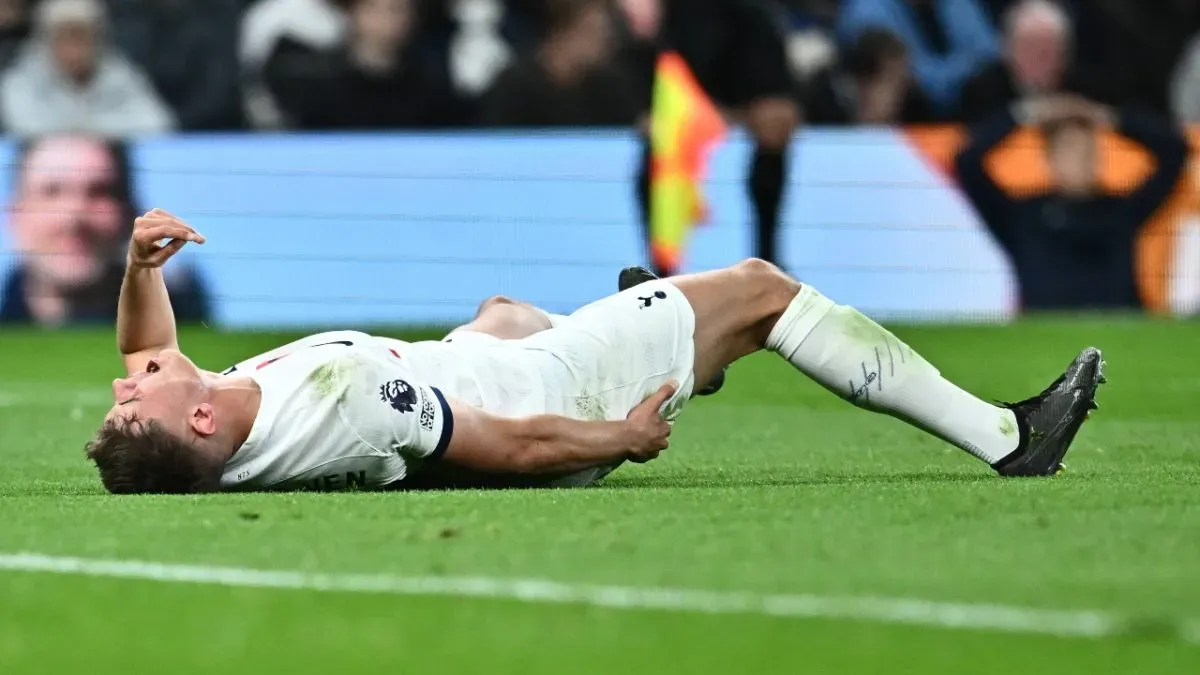The most-watched sport in the world, soccer, is characterized by high-octane action, expert passing, and fierce rivalry. Unfortunately, the thrills of the game are not without their dangers.
The physical demands of soccer include quickness, dexterity, strength, and stamina. There is a tremendous amount of physical strain on the players’ bodies from the continual sprinting, rapid acceleration and deceleration, and rapid changes in direction. As players strive to outdo each other at the highest level, the risk of injury rises due to the intense intensity of the game.
As a sport, soccer naturally involves physical contact, and players often collide with one another. Players sometimes find themselves in circumstances where contact is unavoidable, such as aerial challenges during corner kicks or shoulder-to-shoulder struggles for possession. Injuries such as sprains, strains, fractures, and concussions might intensify as a consequence of these accidents.
Common injuries may also be influenced by factors such as the surface of the field and the weather in soccer. Hazards such as uneven or badly kept fields may make players more likely to slip, trip, and fall, and bad weather can make it harder for them to play at their best. Despite its intended use in injury prevention, artificial grass can provide unique hazards that might exacerbate existing conditions.
Anyone involved in soccer—players, coaches, and fans—would do well to familiarize themselves with the most frequent injuries. That way, they may better manage them, avoid them, and enjoy the game more generally.
What are the most common soccer injuries?
Fractures
Playing soccer increases the risk of fractures, especially in the lower limbs. Dislocations and shattered bones can happen with the game’s fast pace and physical contact.
Limbs, toes, and even the collarbone are all susceptible to fractures. Players must wear protective gear, such as shin guards, and rules of play should discourage careless tackles that might cause broken bones.
Sprains and strains
Sorenesses like sprains and strains are common for soccer players. A sprain is an injury that tears a ligament, whereas a strain is an injury that stretches muscles and tendons.
The risk of these injuries increases in situations when there are quick changes in direction, rapid accelerations, or abrupt stops. The danger of sprains and strains, especially to the ankles and knees, is high, thus players must do flexibility training and warm-up exercises correctly.
Concussions
Soccer players are not immune to the heightened awareness of common head injuries, such as concussions, which have spread to other sports in recent years. Accidents that cause concussions include head-on collisions, elbow clashes, and falls.

Referees and leagues are taking more notice of concussions based on the severity they can have on a player’s life.
Recognizing the symptoms of a concussion is critical since getting medical help right away is life-threatening. Proper heading technique and wearing protective gear should be top priorities for soccer players to lower the danger of head injuries.
Muscle Contusions
The physically demanding nature of soccer makes contusions and bruises all too prevalent. Injuries like strained muscles are outcomes of player collisions, whether with one another or the ball.
Even while contusions are not usually serious, they may nonetheless make a player feel pain and hinder their game. Wearing protective gear and playing by the rules of fair play may reduce the likelihood and impact of muscle contusions.
Prevalence of lower-body injuries
Knee injuries
The knee is a typical site for soccer-related injuries. This is because, in addition to kicking, soccer calls for lightning-fast stops and changes of direction from players. There is a great deal of rotational stress on the knees and the ligaments that support them during explosive, spontaneous movement.
Knee sprains and tears occur when the tension on a ligament is too great. Four ligaments aid knee stability, and they are:
- Anterior cruciate ligament (ACL) at the front of the knee
- Posterior cruciate ligament (PCL) at the back of the knee
- Medial collateral ligament (MCL) on the inside of the knee
- Lateral collateral ligament (LCL) on the outside of the knee
Cruciate ligament injury
Although the pain may be nonexistent in certain cases, a loud “pop” is usually audible when this kind of damage happens. A day after the injury, one might expect swelling, pain, limited mobility, and soreness along the joint line.
The anterior cruciate ligament (ACL) is the knee injury site of choice for soccer players. In comparison to muscles and tendons, ligaments are less able to retract, making them more prone to injury.
Meniscus injury
Injuries to the meniscus are another typical soccer ailment. Cushioning the gap between the thigh and shin bones is the meniscus, a C-shaped piece of cartilage. Torn meniscus ligaments are a common and unpleasant consequence of abrupt changes in direction, braking, twisting, or collision.
Pulled calf
Pulling on the Achilles tendon causes this injury when one of the lower leg muscles—the soleus or the gastrocnemius—is pulled. Accidental sprinting or leaping is a common culprit.
Groin pull
Strains that include overextension of the inner thigh muscles are known as groin pulls. A soccer player could injure their groin while kicking the ball or when their opponent tries to block their kick.

Hamstring injuries can have different levels. Some can rule a player out just for a couple of days. Others require surgeries or can end careers prematurely.
Hamstring injury
Disruptions to the three posterior thigh muscles, known as hamstrings, may vary from mild aches and pains to full-blown tears. Soccer players are at risk for hamstring injuries due to the sport’s common themes of running, sprinting, and stopping.
Ankle injuries
Ankle sprain
Injuries to the ligaments that support the ankle joint may lead to a sprain. In soccer, a lateral ankle sprain (on the outside of the ankle) may happen if a player uses the ball-kicking technique with the ball-top foot.
It is possible to injure the inside of the ankle, known as the medial ankle sprain, by turning out the toes while flexing the foot upward.
Soreness in Achilles tendon
Ankle discomfort radiating from the back of the foot is a common symptom of Achilles tendinitis, a chronic ailment caused by overuse. This kind of injury may develop over time due to the repeated and abrupt motions that soccer players engage in.
Rupture of Achilles Tendon
Ruptures, which may be partial or full tears of the Achilles tendon, sometimes accompanied by an audible popping sound, can happen to a soccer player during rapid, explosive actions like running for the ball or evading an opponent.
PHOTOS: IMAGO.














